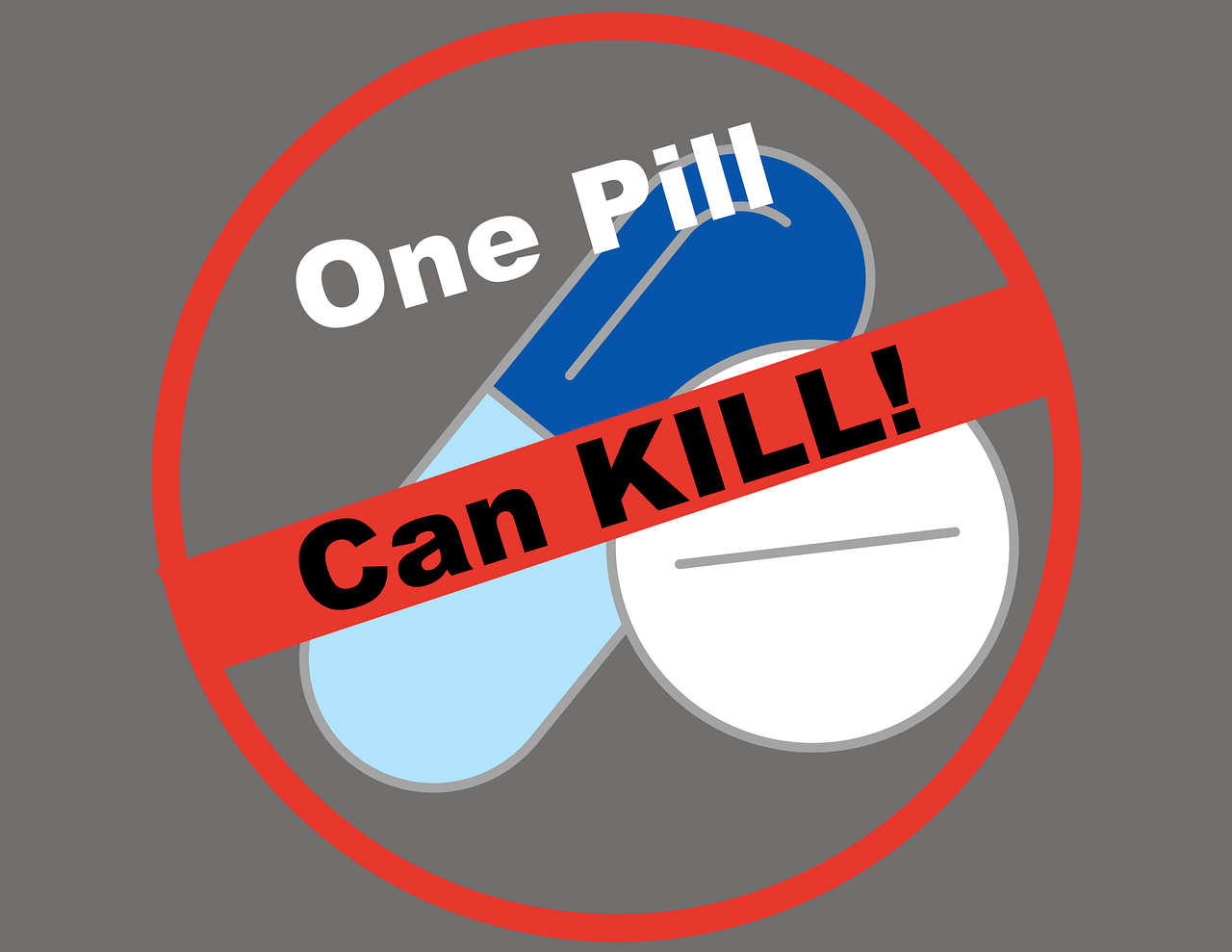Fentanyl - Its origins, production, and impact
Overseeing its positive and highly negative impact on society
2/9/2025

Fentanyl, a synthetic opioid, has become one of the most dangerous and controversial substances in modern drug history. Originally developed for medical use, it has since been exploited by illegal drug markets, contributing to a significant rise in opioid-related overdoses. This article explores its origins, how it is made, its legitimate medical uses, its presence in illicit drugs, its potency, methods of recovery, smuggling routes, and detection strategies.
Fentanyl was first synthesized in 1960 by Dr. Paul Janssen, a Belgian pharmacologist and founder of Janssen Pharmaceutica. It was created as a powerful painkiller intended for surgical and chronic pain management. Fentanyl belongs to a class of drugs known as synthetic opioids, which mimic the effects of natural opiates but are far more potent. Its medical applications led to its rapid adoption in hospitals and pain clinics, where it was administered through patches, lozenges, injections, and nasal sprays.
Pharmaceutical-grade fentanyl is produced in tightly controlled laboratory environments using a complex synthesis process that involves precursor chemicals, typically sourced from industrial suppliers. However, illicit fentanyl production operates outside these regulations, primarily in clandestine labs in China and Mexico.
The production of illicit fentanyl typically begins with precursor chemicals such as N-phenethyl-4-piperidone (NPP) and 4-anilino-N-phenethylpiperidine (ANPP). These chemicals undergo a series of chemical reactions, leading to the final fentanyl compound. The crude fentanyl is then often pressed into counterfeit pills or mixed into other street drugs, exponentially increasing their potency and danger.
The majority of illicit fentanyl entering the United States originates from:
China – Previously, China was the primary producer of fentanyl and its precursor chemicals. While regulations have tightened, Chinese manufacturers still supply fentanyl analogs and raw materials to criminal networks.
Mexico – Mexican cartels, particularly the Sinaloa and Jalisco New Generation Cartels (CJNG), receive precursor chemicals from China and manufacture fentanyl in clandestine labs before trafficking it into the U.S.
Domestic Production – Small-scale illegal labs in the U.S. occasionally attempt to synthesize fentanyl, though this is less common due to the complexity of production.
Despite its reputation, fentanyl has several medical applications, including:
Surgical Anesthesia – Used in operating rooms for its fast-acting pain relief.
Chronic Pain Management – Prescribed for severe pain conditions, often in cancer patients.
Post-Surgical Pain Control – Administered via IV, transdermal patches, or lozenges.
Fentanyl is frequently mixed into other drugs, often without the user's knowledge, significantly increasing the risk of overdose. Common mixtures include:
Heroin – Dealers lace heroin with fentanyl to increase potency and reduce production costs.
Cocaine – Some batches of cocaine contain fentanyl, leading to unexpected overdoses among users unaware of opioid content.
Counterfeit Prescription Pills – Fentanyl is pressed into pills resembling oxycodone, Xanax, and other pharmaceuticals.
Methamphetamine – Fentanyl-laced methamphetamine has emerged as a growing concern.
Fentanyl is approximately 50 times stronger than heroin and 100 times more potent than morphine. Even a few milligrams—an amount smaller than a grain of salt—can cause fatal respiratory depression. Its extreme potency makes it one of the deadliest drugs on the black market.
Recovering from fentanyl addiction or overdose requires a multi-faceted approach:
Naloxone (Narcan) – A life-saving opioid antagonist that can reverse fentanyl overdoses if administered promptly.
Medication-Assisted Treatment (MAT) – Buprenorphine, methadone, and naltrexone help manage withdrawal and cravings.
Rehabilitation Programs – Inpatient and outpatient treatment centers offer counseling and detoxification.
Harm Reduction Strategies – Access to fentanyl test strips and supervised consumption sites can reduce fatalities.
Fentanyl enters the U.S. through various smuggling routes:
Land Routes – The majority is trafficked through the southern border, hidden in vehicles and transported by couriers.
Air Shipments – Some fentanyl analogs and precursor chemicals arrive via international mail.
Dark Web and Cryptomarkets – Online transactions allow for discreet sales and shipping of fentanyl-laced substances.
Detecting fentanyl can be challenging because it is often colorless and odorless. However, several methods can help identify its presence:
Fentanyl Test Strips – These can detect fentanyl in powder, pills, and liquids but may not identify all analogs.
Spectroscopy Devices – Law enforcement uses advanced portable devices to scan for fentanyl traces.
Drink Testing Kits – Some emerging technologies aim to detect fentanyl in beverages to prevent drugging incidents.
Fentanyl’s origins as a groundbreaking pain management drug have been overshadowed by its devastating role in the opioid crisis. While it remains an essential medical tool, its misuse in the illicit drug trade has led to unprecedented overdose rates. Understanding its potency, methods of trafficking, and detection strategies is critical to combating its impact. Efforts to increase awareness, expand harm reduction strategies, and enhance law enforcement measures remain vital in addressing the fentanyl epidemic.






